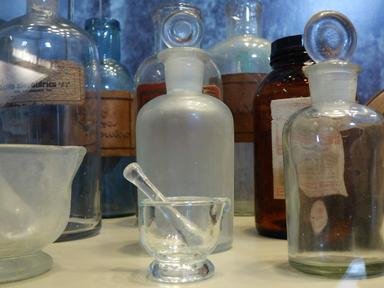
Rare Earth Metals Trivia Quiz
Rare earth metals are becoming increasingly important, but are still largely unknown. Can you find the 17 rare earths in a list of 24?
A collection quiz
by wellenbrecher.
Estimated time: 3 mins.
- Home
- »
- Quizzes
- »
- Science Trivia
- »
- Chemistry
- »
- Mixed Elements